Entering Andalusia: the Caliphate of Cordoba
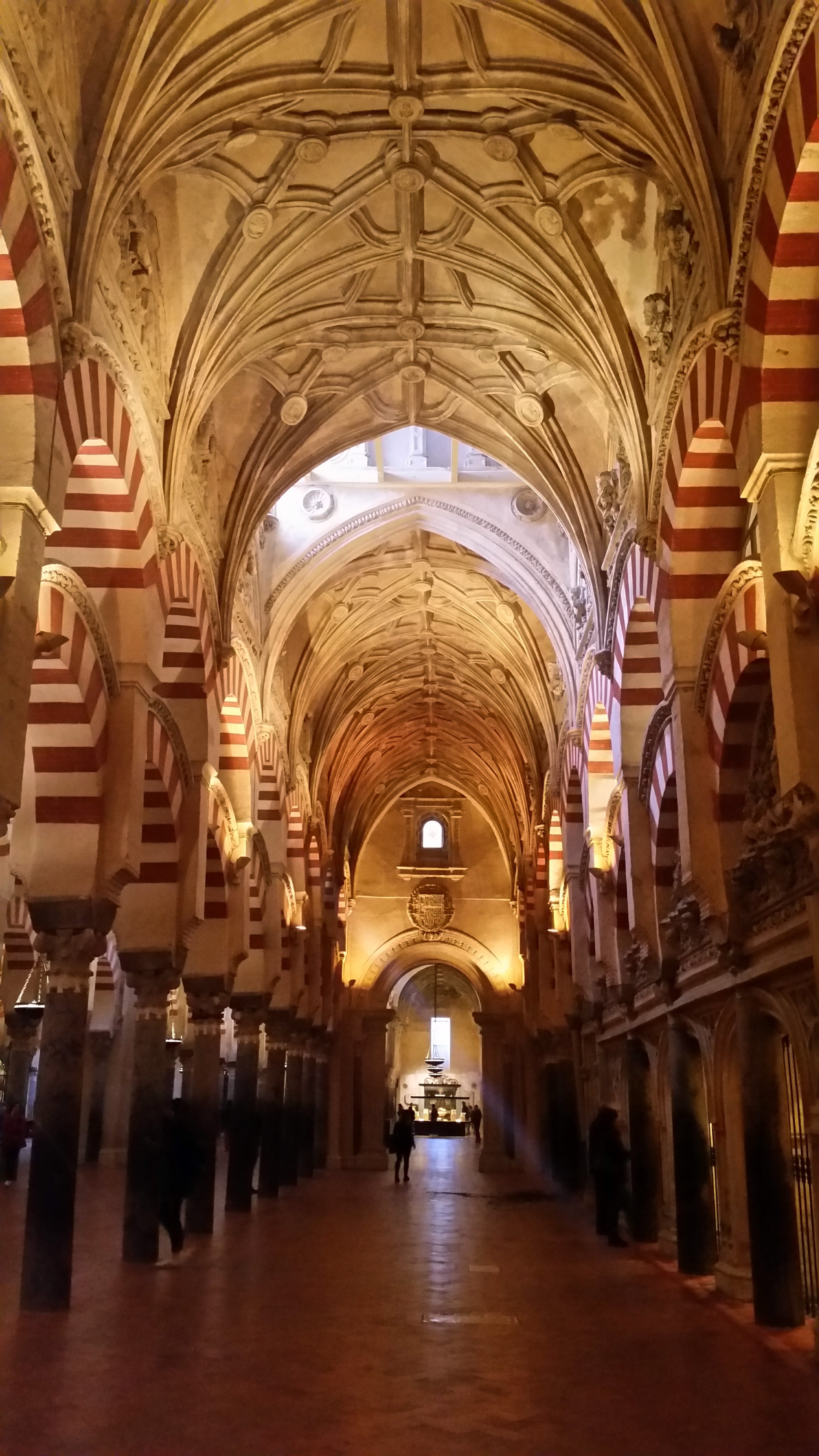
I breathed a sigh of relief as I exited the fast train in Cordoba and felt the warm Andalusian air on my skin. No need for a jacket here. After a pleasant chat with a local Spanish man about the pros and cons of preserving the Spanish traditions such as the Running of the Bulls in Pamplona and Bullfighting, I could tell that the people from the south were immediately more open.
Unfortunately, arriving at my hostel I can’t say the same. My hostel boasted about being in a ‘great location’. I guess it would be for those who enjoy being in the middle of the shopping district and I guess I shouldn’t complain being closer to the train station when I had only a 15 minute walk with a ridiculous-looking bulky 24kg double backpack pushing me to the ground with every step. I caught my own reflection in a shop window and realised that I am the perfect target for street theives. I can barely move let alone run away and I look like I’m carrying everything but the kitchen sink. That was the last time I wore both backpacks on my back. I had bought them so I could connect them and avoid uncomfortable sweaty walks with a backpack on my front side, but the walk back to the station at the end of my time in Cordoba was a lot easier to manage this way and I don’t get as many stares from locals wondering if I’m human or pack horse.
Cordoba: a brief history
The one thing that really struck me about Cordoba is how much history Spain really has. I come from a country with only 250 years of history, founded in 1788 and here I am in a town that is said to have been established by Romans in 152BC!! In the 8th century Cordoba was captured and rebuilt by Muslims, falling eventually to Castillian King Ferdinand III in the 13th Century and becoming part of Christian Spain.
This history is evident all through Cordoba’s historical district, from the winding labyrinth of narrow laneways used as a defence tactic within the walls of Muslim Corduba, to quaint alleys in the Jewish quarter and boasting elaborate churches, Saints and open plazas and streets from the Catholic times.
La Mezquita: The Great Mosque
The crown jewel of Cordoba is the Mosque-Cathedral, ‘La Mezquita’. This impressive structure is the only one of its kind – I never imagined I would ever see the mixture of two cultures that now cannot seem to coexist in peace under the roof of a place of worship. La Mezquita was founded in 785 by Muslim Caliphe ʿAbd al-Raḥmān and at first was a small building constructed using the remains of a Catholic Basilica. It was enlarged by his successors and completed about 976 by Abū ʿĀmir al-Manṣūr, who was in fact the ambitious vizier of the young son successor. As he was not the direct successor, he wanted to demonstrate his power and although his section was the largest by far, it is very sparsely adorned. The curved archways of the doorways and pillars starkly contrast with the catholic style clock tower out the front – a very impressive sight.
Why did the Catholics not destroy the structure and start fresh? In these days, money had a lot to do with it. In this case however there was something more. Many of the individual chapels surrounding the edges of the mosque were dedicated to noble families in Cordoba who fought the idea to destroy and rebuild the mosque.
Inside the mosque is a mihrab – a curved archway and this case an entire room that is a sacred place for prayer, facing mecca. Unfortunately, the Caliphe must have failed geography in school or he had hired the wrong land surveyor, because the mihrab in Cordoba does not face mecca. It is said that calculations could have been wrongly made when the construction plan was directly copied from another mosque in another kingdom, or that Caliphe had it constructed to face the mosque in Damascus, or to the direction of where his family were situated in North Africa, where they hid him from assassination for six years.
The Catholics built their Cathedral in the centre of the structure, including an enormous pipe organ. Let me tell you, even an athiest has a moment of spiritual sobriety when a 5 metre tall pipe organ sounds and echoes through the halls of a millennium old mosque.
To me, Cordoba was a very drastic change in pace from the fast lane to the slow. Everything is warmer, calmer, and more relaxed. People don’t seem to be in a rush. I enjoyed crossing the Roman bridge over the river during the day listening to the two teenage boys playing flamenco guitar, and then doing the same by night with my hostel buddies and seeing La Mesquita ethereally illuminated.
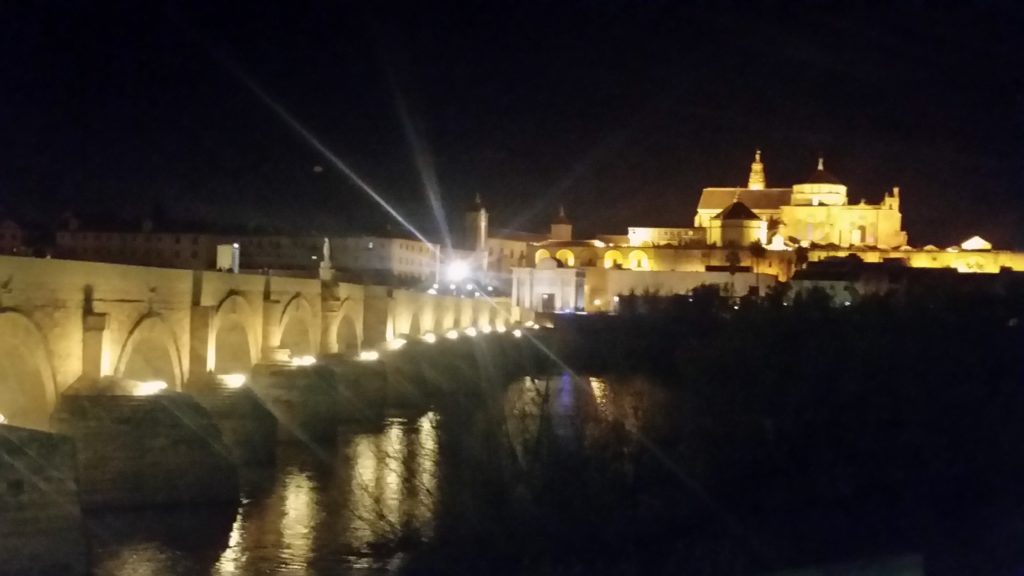
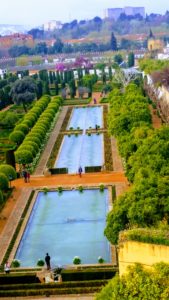
Being away from the touristic historic side of town, my hostel was far quieter, but I realised that a long term voyage cannot be parties every night or you will burn out. I need time to be alone, rest, recharge, write and TAKE CARE OF MY BUDGET!! I liked my lazy afternoons sitting on the hostel’s sunny terrace listening to the lilting sounds of the street violinist echoing through the streets of the shopping district and wafting lazily up to me.
My second and final morning was spent in the awe inspiring gardens of the Alcazar de Los Reyes Cristianos, (Spanish for “Castle of the Christian Monarchs”). It was a tranquil way to end my time in Cordoba and although I loved the historical aspect, I’m ready for some actin and socialising in Sevilla!
Until next time,
Alicia

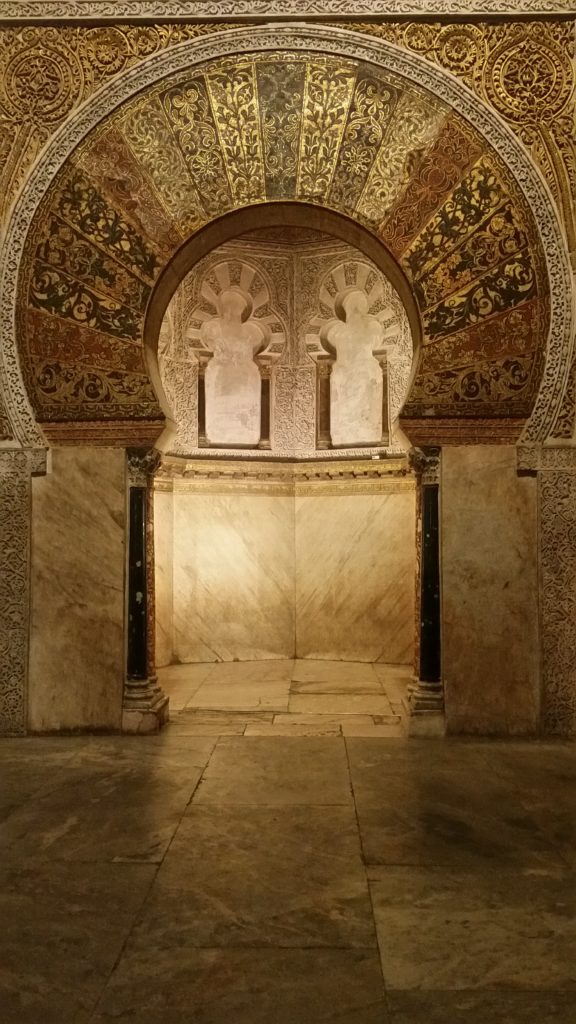
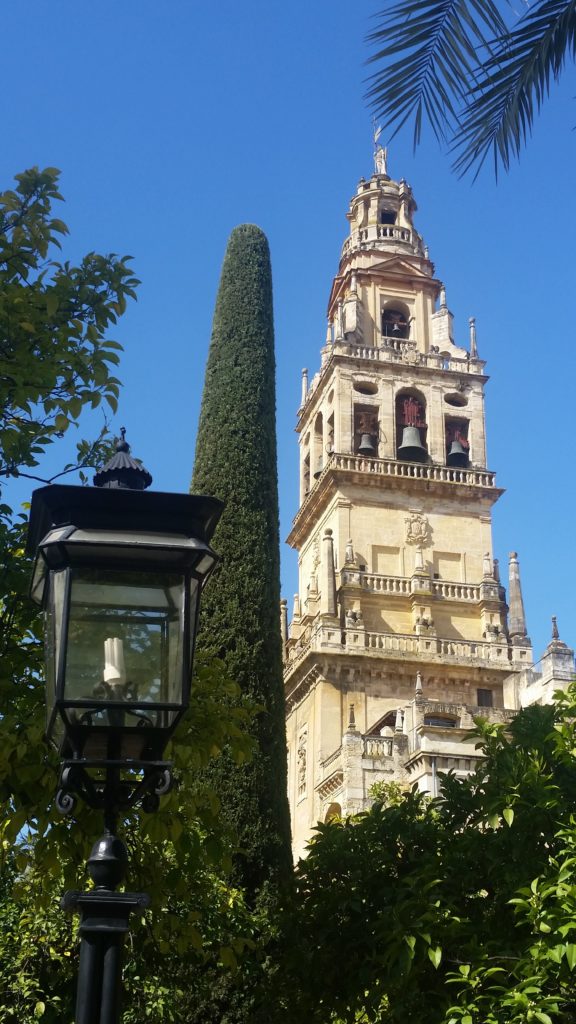
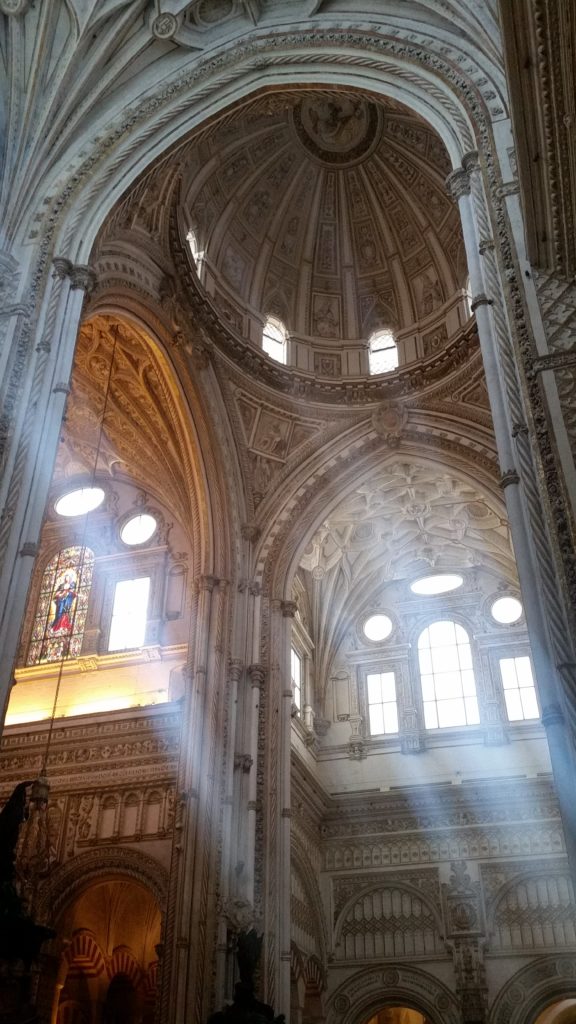
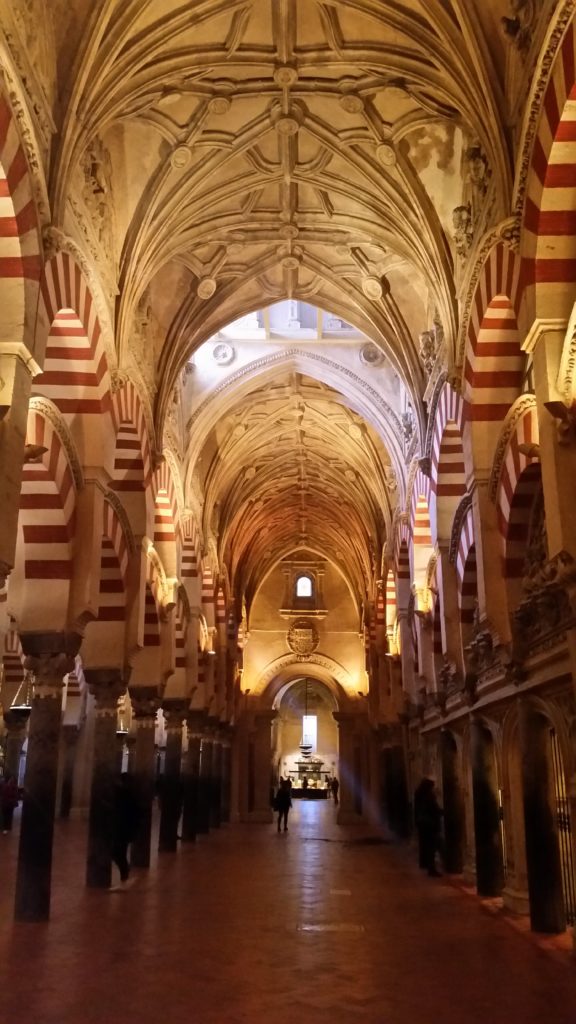
Excuse me, but it is spelt MeZquita. By the way, “Se empezó a construir como mezquita en el año 785, con la apropiación y reutilización de los materiales de la basílica hispanorromana de San Vicente Mártir, que se hallaba en su lugar, por los conquistadores musulmanes.” That’s to say, they built it on a previous catholic church, that is why a church was built again inside.
I’m enjoying your trip !
Thanks Jose for the correction, you’re right and I’ve made an update!